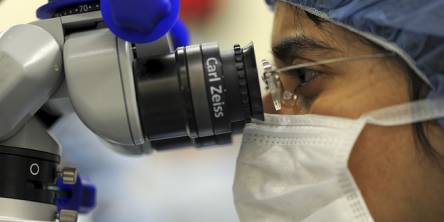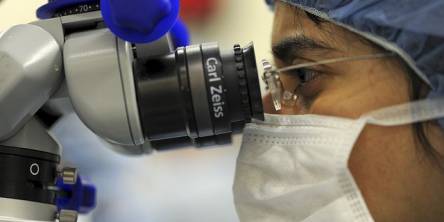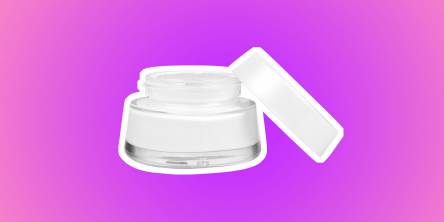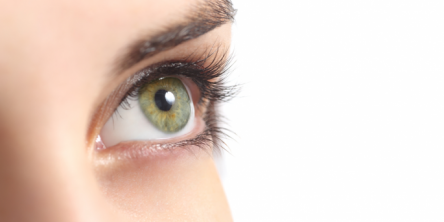6 Reasons Why You Should See an Eye Doctor
Taking care of your vision and overall eye health is essential for maintaining a good quality of life as you age. Hence, it’s not a good idea to overlook those regular eye exams as they are a crucial aspect of eye care. Read on to explore the most significant reasons for scheduling an appointment with an ophthalmologist, as well as the importance of professional eye care and early detection of potential problems with your vision.
1. Comprehensive eye exams
One of the primary reasons to see an eye doctor is to undergo comprehensive eye examinations. These exams go beyond checking your visual acuity and can detect various eye conditions and diseases, such as glaucoma, cataracts, macular degeneration, and diabetic retinopathy, which do not always present noticeable symptoms in their early stages. A doctor will evaluate the health of your eyes, screen for common vision problems like nearsightedness or farsightedness, and assess your overall eye function. Early detection and treatment of any potential issues will ensure optimal eye health and prevent vision deterioration.
2. Prescription of corrective lenses
If you experience vision problems such as blurry vision, difficulty reading, or headaches, a specialist can assess your visual needs and prescribe appropriate corrective lenses. Whether you require glasses or contact lenses, an eye doctor will perform a thorough evaluation to determine the precise prescription that suits your unique requirements. You should know that wearing the correct prescription lenses not only enhances your vision but also reduces eye strain and discomfort.
3. Management of eye conditions
An eye doctor can provide specialized care and management strategies if you have pre-existing eye conditions, such as dry eyes, allergies, or recurring infections. They will recommend appropriate treatments, prescribe medications, or suggest lifestyle modifications to alleviate symptoms and improve your overall eye comfort. Regular follow-up appointments with an experienced ophthalmologist ensure that your eye symptoms are properly monitored and kept at bay.
4. Advice on eye care and protection
An eye doctor is a valuable source of knowledge and guidance when it comes to maintaining proper eye care and protection. They can provide advice on various aspects, including proper contact lens hygiene, the recommended frequency of eye exams, preventive measures for common eye injuries, and strategies to reduce digital eye strain, which is a highly common issue nowadays. By following their recommendations, you can proactively safeguard your eyes and minimize the risk of any problems developing in the future.
5. Support for overall health
Did you know that an eye examination can sometimes reveal underlying health conditions? The eyes can provide valuable insights into your overall health. During an eye exam, your doctor may identify signs or symptoms related to systemic health conditions like diabetes, hypertension, or even certain types of cancer. Detecting these conditions early is essential for timely medical intervention and improved overall health outcomes for you in the future.
6. Pediatric eye care
For children, regular visits to an eye doctor are crucial for monitoring their eye development and detecting any vision problems. Early identification of vision issues in children can prevent learning difficulties and ensure proper visual development. Your specialist can prescribe glasses or recommend vision therapy if necessary, enabling your kid to thrive academically and socially.
The bottom line
From comprehensive eye examinations to early detection of eye conditions, prescription of corrective lenses, management of eye health conditions, advice on eye care and protection, support for overall health, and pediatric eye care, the benefits of visiting an expert ophthalmologist go far and beyond. Avoid neglecting your eyesight and make regular appointments with a professional to ensure optimal eye health and maintain clear vision throughout your life.
Similar Articles
In today's digital age, we are constantly exposed to screens of various devices such as smartphones, laptops, and tablets. While these technological advancements have greatly improved our lives, they also come with a downside - digital eye strain.
You don't have to wait until you have visual problems to consult with an ophthalmologist. Regular examinations are recommended to detect the earliest signs of eye disease. You don't want to risk losing your vision in any way. This is why it's important to understand when you should see an eye doctor.
Chandraprabha vati is a standardized herbal formulation mentioned in our ancient texts. This medicine is a mix of various ingredients in a tablet (Vati) form. Chandraprabha vati is a Rasayan (Rejuvenator) and Balaya (Strengthening). It is an analgesic, antispasmodic, anti-hyperglycemic, and a good blood purifier. It is indicated in a number of disorders.
You should see an eye doctor once you turn 40 and then every year going forward. It's critical for them to test your vision because early detection can save significant trouble down the line!
There are millions of patients who every year correct LASIK by losing vision for myopia, farsightedness or astigmatism. LASIK refractive surgery is a cutting-edge technique that uses the excimer laser to correct many of the most common vision defects.
You may suffer a serious eye infection if you do not clean, and disinfect your contact lenses properly.
Living with dark eye circles is not something that we like. But as we age, these appear more prominently under our eyes.
Almost all of the workplaces nowadays are digitalized that demand a lot of computer related works from their employees. However, working for long hours on the computer screen will give rise to a major job-related problem which may need a Computer Eye Strain Treatment.
Eyelid surgery is medically termed as Blepharoplasty. It is a popular solution that targets the lower eyelids, upper eyelids or even both. Eyelid surgery enhances the eyes and rejuvenates the face by eliminating fine lines, under eye bags and drooping eyelids.









